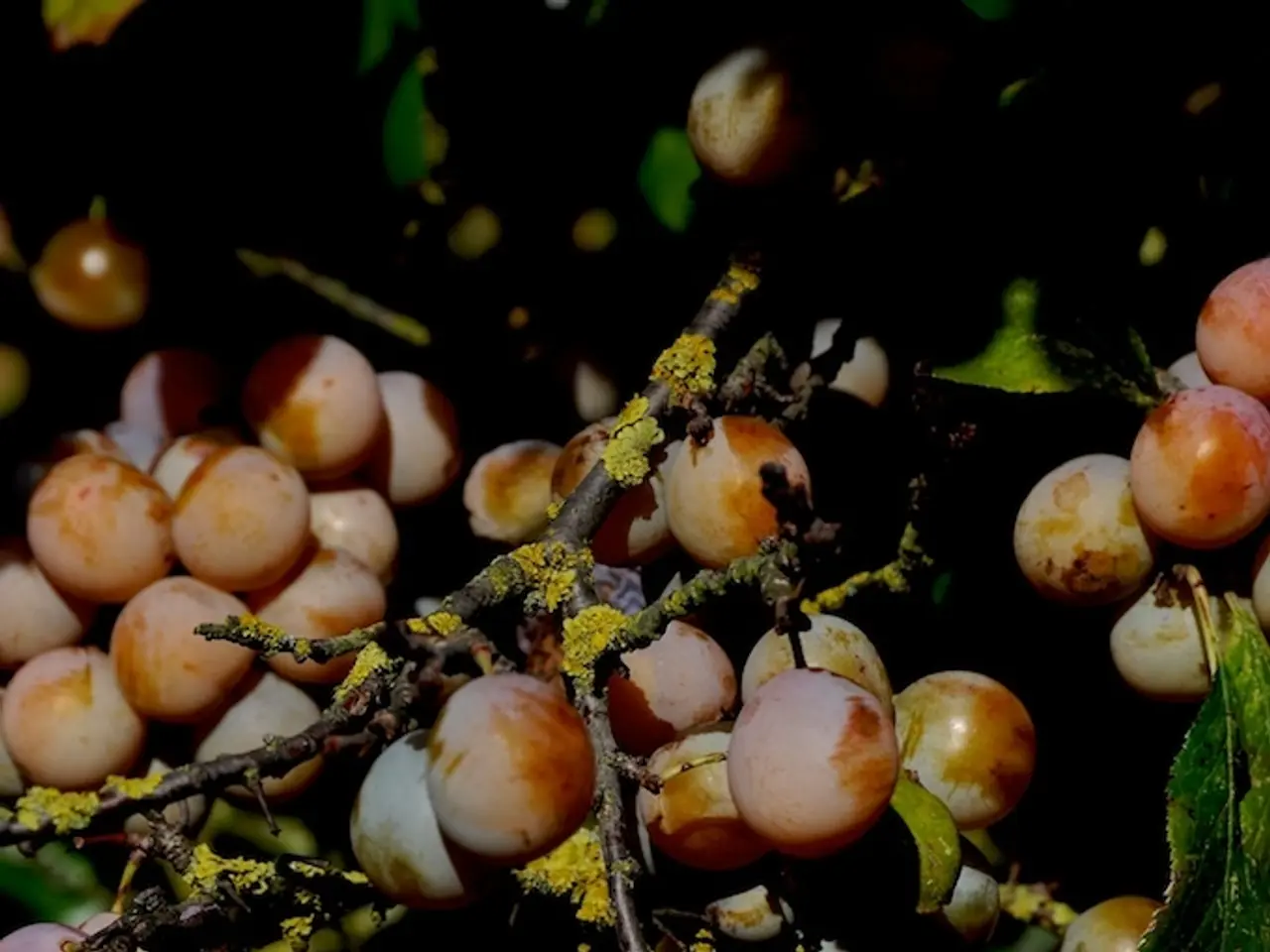Guide to Cultivating Grape Hyacinth (Muscari)
Grape hyacinths (Muscari) are small spring bulbs that add a burst of bright blue colour to your garden. These perennial plants are not only beautiful but also beneficial, as they attract a wide range of pollinators, including bees [1].
Planting grape hyacinths is a straightforward process. For the best results, grow them in moist but well-drained soil with exposure to either sun or partial shade. They are versatile plants that can be naturalised in lawns, borders, woodland edges, and even containers [1].
Grape hyacinths are easy to care for. After flowering in spring, they will die back naturally and re-emerge the next year. There is generally no need for extra care; plants will go dormant naturally [1].
For propagation, you can divide bulbs in late summer to early autumn or after flowering (spring) if they clump too densely. This helps maintain vigor and spread. Grape hyacinths also naturalise readily by self-seeding, which is useful for filling spaces but can become invasive if uncontrolled [1].
If you're looking for a more unique variety, consider Muscari pallens with soft, translucent pale blue and white flowers or Muscari azureum with soft sky blue flowers. Both can be bought from Rare Plants and Crocus, respectively [2].
Grape hyacinths are widely available at garden centres, but a greater choice can be found online. Thompson & Morgan, Suttons, and Van Meuwen are sources to buy grape hyacinths. Remember to plant them in autumn for the best results [3].
In open, well-drained soils, grape hyacinths thrive and naturalise well, producing spikes of vibrant blue flowers in spring. In partial shade or woodland edges, they flourish and can enhance shaded borders or under deciduous shrubs. Containers are ideal if you want to keep them contained and reduce invasiveness [3].
In summary, grape hyacinths are low-maintenance bulbs suited to a range of environments from sunny lawns to shaded woodland gardens. Proper soil drainage and occasional division facilitate propagation and extended garden success [1][3][4].
References:
- RHS - Grape Hyacinths
- Rare Plants - Muscari pallens
- Crocus - Muscari azureum
- Gardening Know How - Grape Hyacinth Care
Planting grape hyacinths can improve not only your garden's aesthetics with their burst of blue color, but also attract a variety of pollinators to your home-and-garden lifestyle, making it more eco-friendly and beneficial. If you cultivate grape hyacinths in moist but well-drained soil and provide either sun or partial shade, they can naturalize in various locations such as lawns, borders, woodland edges, or containers, enhancing the overall home-and-garden lifestyle experience.




